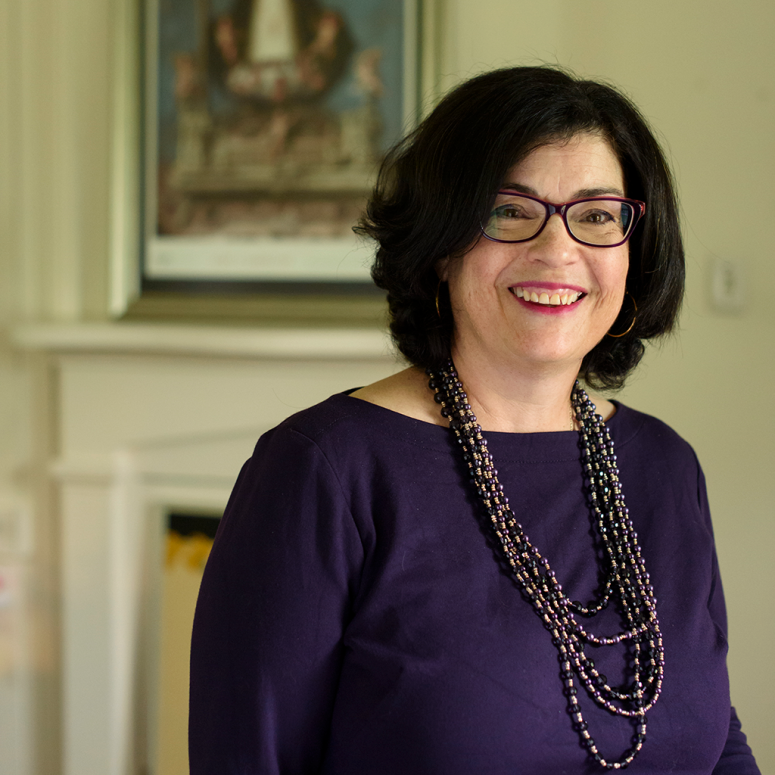How I Got into Politics
Ten alumni who work in local, state and national politics share how they got their start, the lessons they've learned…
Read The Story
In September 2018, Merriam-Webster announced that it was officially adding the word Latinx to its dictionary, a word its editors had begun “watching” for inclusion the year before. The Oxford English Dictionary, meanwhile, has not officially recognized the word, but does include Latinx (pronounced la-TEEN-ex) in its free online resource. For many of us in the Latinx community, who’ve been using the term to describe ourselves and our community as part of a multi-racial pan-ethnic U.S. population of Latin American/Caribbean descent, these changes have been long in coming.
So, why Latinx? Why not just Hispanic? For one, Hispanic is a term that was officialized by the U.S. Census in 1980 after some prior unsuccessful attempts to accurately include this rapidly growing population into its calculations and projections. But that term comes from the Spanish word hispano, which usually referred to Spanish people settled or born in Latin America. The word, therefore, privileges the white Spanish-speaking legacy of our common history, erasing the indigenous, African, and other bloods (Corsican, Irish, Italian, French and Caribbean, just to name a few in my own ancestry) that contributed to forging our communities.
For me, the term Latinx more clearly signifies our mixed-race, multicultural, multi-national, multilingual Latin American legacy, while also refusing the gendered binary that is inherent to the Spanish language. As anyone who speaks Spanish (or other Romance languages) knows, most tongues descended from Latin have lost the gender-neutral nouns. In Spanish, this means that nouns end in -o (for masculine) or -a (for feminine). More egregiously, the plural of these nouns is always masculinized so that my brother, my sister, and I, as siblings, were always hermanos, and the hijos of my parents, never the other way around.
In years past, many in the Latinx community (myself included) tried to get around this problematic reification of masculinity by first using a slash (Latino/a) and later using the at sign (Latin@). But that still acknowledged only a gender binary, actively excluding our LGBTQ+ community.
So, that’s why Latinx. There are those who point to the fact that Latinx is still connected to the socio-historical-cultural construct of what is (and isn’t) Latin. And that’s true. Indeed, no word in English or Spanish can ever be “innocent” of the colonial context in which it has been engendered. And it’s clear that the forces of that coloniality, or the way the legacies of colonialism assert themselves, extend to race, gender, sexuality and ethnicity, just to name a few of the “asymmetries of power” produced in and reproduced by the colonial “contact zones” that created us.
But, to me, Latinx seeks to interrogate those asymmetries and provides a way to challenge the manner in which language functions as an accomplice to the power structures most of us struggle against on a daily basis.
In the end, however, this isn’t a settled question, not even among Latinx peoples, many of whom may prefer the term Hispanic, or even another term, such as Mexican-American or Boricua. The point is for us to know the difference between these terms and to understand that this isn’t a “one name fits all” situation.
After all, one of the key lessons of any and all colonialisms is that people should have a fundamental right to choose how they identify, rather than to have an identity imposed on them. And, yes, that makes the work of coming together more challenging. But isn’t that, ultimately, what the imperative work of inclusion means?
Ten alumni who work in local, state and national politics share how they got their start, the lessons they've learned…
Read The StoryHenry Abraham '48 has survived — and studied — key historical moments that changed the world. At 97, he reflects…
Read The StoryThe College is campaigning to make wellness, and sleep, cool on campus. Will it work?
Read The StoryA photo essay by Erin Schaff '11, who has been recognized as one of the top photojournalists working in Washington…
Read The Story